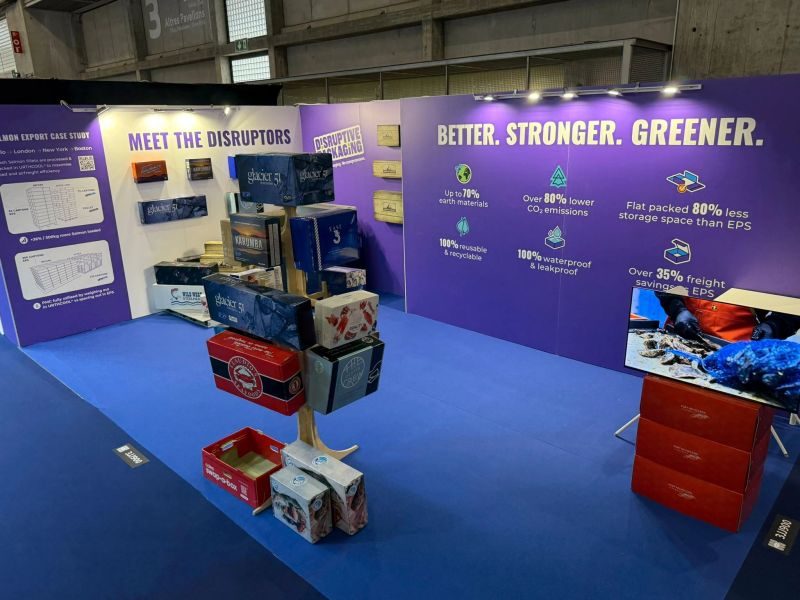The global flexible plastic packaging tech market is undergoing a major transformation. With growing environmental concerns, rising consumer demand for convenience, and technological innovation, the industry is shifting fast. Between 2025 and 2032, disruptive technologies are expected to reshape how products are packed, shipped, displayed, and recycled.

According to MarketsandMarkets, the global flexible packaging market is projected to grow from USD 248.9 billion in 2023 to USD 315.6 billion by 2028. That figure will likely surpass USD 400 billion by 2032, thanks to evolving tech and sustainability demands.
Why Flexible Plastic Packaging Matters More Than Ever
Flexible plastic packaging is used across several sectors—food and beverage, healthcare, personal care, and industrial applications. It offers key advantages like:
- Lightweight and reduced shipping costs
- Customization and better shelf appeal
- Extended product shelf life
- Reduced material usage compared to rigid packaging
However, the rising tide of environmental concern has pushed the industry to innovate. Governments, brands, and consumers are pressuring manufacturers to adopt greener, smarter solutions.
Top Disruptive Technologies Transforming the Market
Biodegradable and Compostable Films
One of the biggest technological advances is the development of biodegradable plastics made from renewable resources like corn starch, cassava, and sugarcane. These films break down under industrial composting conditions, reducing the long-term environmental impact.
Companies like TIPA and NatureFlex are at the forefront of creating flexible packaging that mimics plastic performance but is fully compostable.
Smart Packaging and Embedded Sensors
Another game-changer is smart packaging that uses printed electronics and sensors to track freshness, temperature, and tampering. This is particularly useful in food and pharmaceutical sectors.
Brands can now provide real-time data using QR codes and NFC chips embedded in flexible plastic films. This opens doors to supply chain optimization, product safety, and personalized marketing.
Thinfilm and other startups are leading innovation in this space.
Monomaterial Packaging for Easier Recycling
Traditional flexible plastics are often multi-layered, making them difficult to recycle. But recent breakthroughs in monomaterial technology allow packaging to be made from a single type of plastic—such as polyethylene (PE) or polypropylene (PP)—without compromising performance.

This makes the packaging easier to sort and recycle, thus supporting circular economy models. Global firms like Amcor and Mondi are investing heavily in this direction.
Artificial Intelligence and Automation in Packaging Production
The integration of AI and machine learning is accelerating the pace of innovation in flexible plastic packaging. AI is being used for:
- Predictive maintenance of manufacturing machines
- Real-time quality control through image recognition
- Custom design generation for product personalization
- Automated sorting and waste reduction
By minimizing human error and maximizing efficiency, AI is making packaging cheaper, smarter, and more sustainable.
Digital Printing and Customization Revolution
Digital printing on flexible plastic films is replacing traditional methods like gravure and flexography. It offers:
- Shorter turnaround time
- Personalized packaging options
- Lower inventory costs
- Enhanced graphics and branding
This tech is especially beneficial for small and mid-sized brands looking to stand out. Companies like HP Indigo are pushing digital printing into mainstream flexible packaging markets.
Blockchain for Traceability and Transparency
Another transformative tech is blockchain, enabling end-to-end traceability. Every stage—from material sourcing to recycling—can be logged and verified on a decentralized platform. This ensures:
- Transparency in supply chains
- Enhanced consumer trust
- Verified sustainability claims
Blockchain is becoming essential in industries where trust and traceability are paramount, such as pharmaceuticals and organic foods.
The Sustainability Challenge: Tech vs. Trash
While these disruptive technologies are promising, challenges remain. The flexible plastic packaging sector must:
- Scale compostable and recyclable solutions affordably
- Educate consumers about correct disposal
- Build infrastructure to support advanced recycling
- Navigate complex regulatory frameworks across regions
The Ellen MacArthur Foundation is advocating for a circular economy, where packaging is designed to be reused, recycled, or composted effectively.
Market Forecast (2025–2032): What to Expect
From 2025 to 2032, analysts expect the flexible plastic packaging market to grow at a CAGR of 5.5% to 6.3%, driven by:
- Urbanization and rising middle-class consumption
- Growing e-commerce, especially in food delivery
- Demand for sustainable and traceable packaging
- Adoption of smart tech and AI
North America, Europe, and Asia-Pacific will be the key growth regions, with India and China leading on volume.
Final Thoughts: Technology Is the Future of Packaging
The era of static, single-use plastic packaging is ending. In its place, flexible plastic packaging powered by smart, green, and digital technologies is taking over. These disruptive innovations not only reduce environmental harm but also improve business agility and consumer engagement.
As we move toward 2032, companies that embrace these technologies early will not just survive—they’ll thrive.
Also Read – Google’s Chief Economist: AI’s Impact Is Absolutely Formidable






